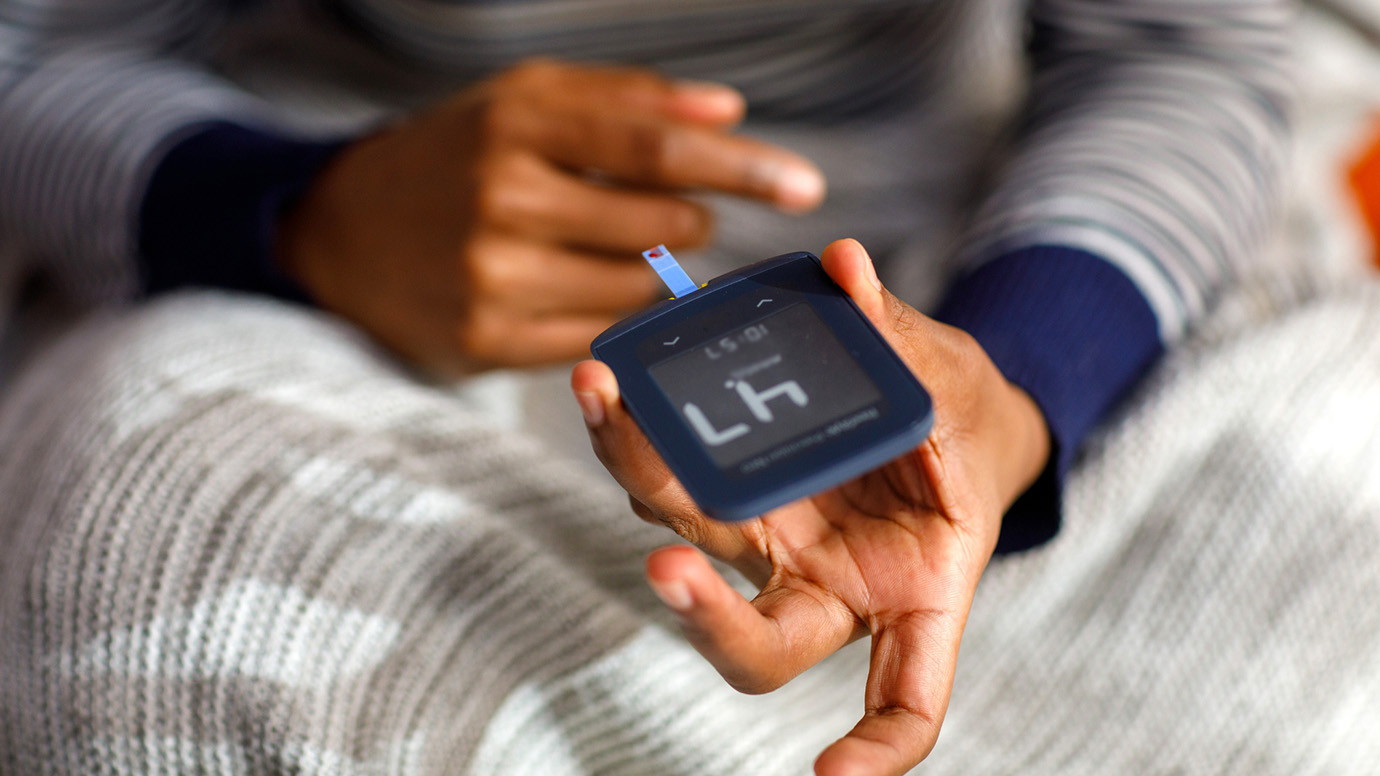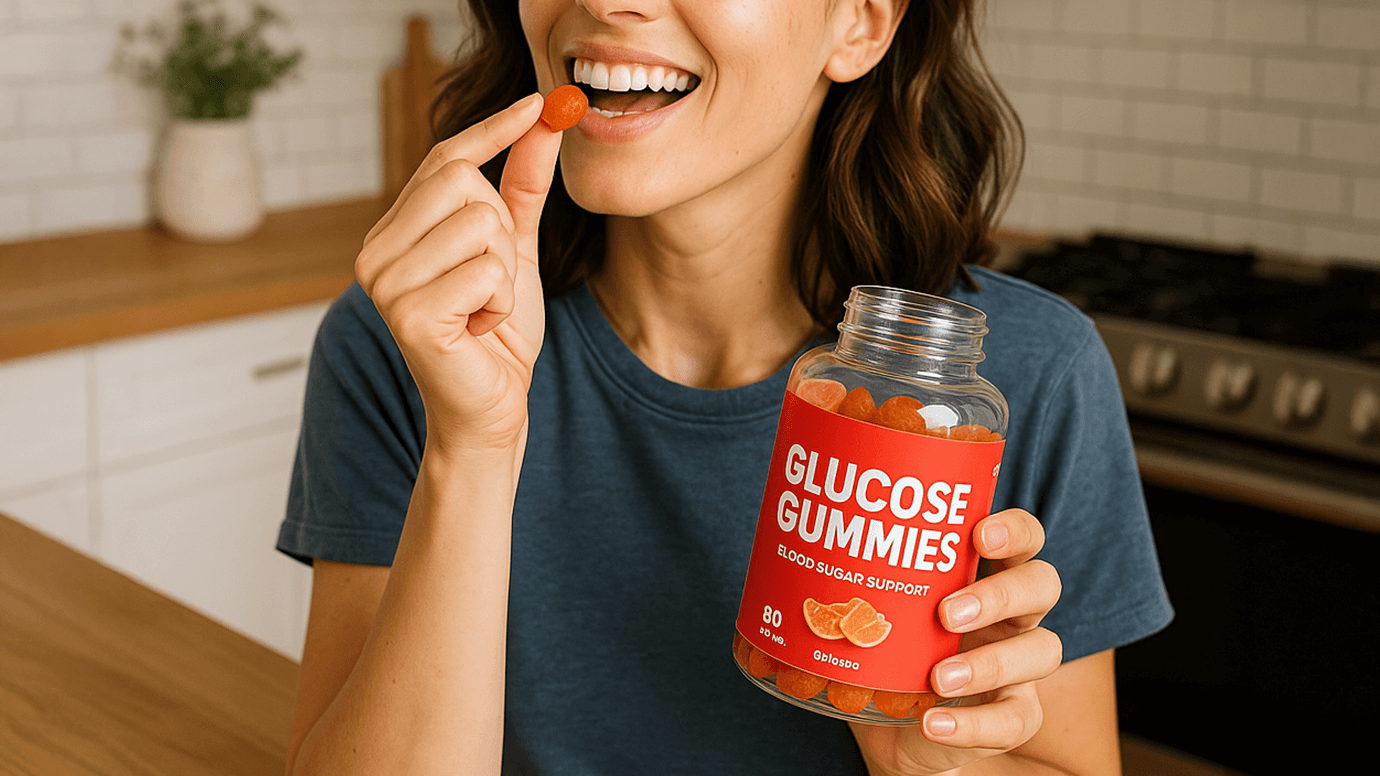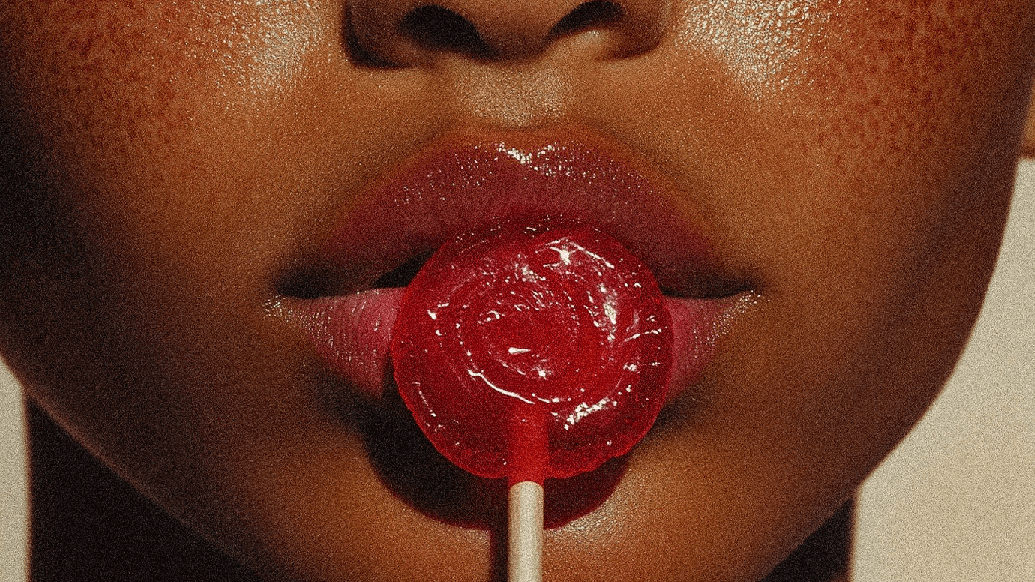Meet the Creators of “When I Go Low: A Type 1 Diabetes Picture Book”
Written by: Alexi Melvin
6 minute read
February 5, 2021
“When I Go Low,” Written by Ginger Vieira and illustrated by Mike Lawson, is a new children’s book for kids with type 1 diabetes. The story follows Jax the Cat, who lives with type 1 diabetes (T1D), on his quest to describe what it feels like to have low blood sugar. He even finds new dia-buddies along the way! BT1 recently chatted with Ginger and Mike about the book and their own experiences with T1D.
BT1: Tell me about yourselves and your history with T1D.
Mike: My name is Mike Lawson. I have type 1 diabetes. I’ve had it for about 20 years, and I’ve worked in the Diabetes space a bit. Now I work in the theater world. I do graphic designs and illustrations stuff, marketing, that kind of work. And I’m friends with Ginger!
Ginger: I have also had type 1 for about 20 years, I think my diaversary is in March for 22 years, maybe. I lose track. I have worked in Diabetes since graduating from college, I’ve been writing about Diabetes. I went to school for writing. I wanted to write books since the second grade, and Diabetes has become the focus. I’ve written a few books on Diabetes, and I write for a lot of different websites. I also have celiac and fibromyalgia. At one point I was a personal trainer and a yoga instructor, and I have two kids and a dog.
How did you two come together as a team?
Ginger: Mike and I back in the day, like in the early days of the Diabetes online community, we both were making video blogs and we both were kind of recognized as Diabetes vloggers. I don’t remember, Mike, how we ended up deciding like, “Hey, you.” Because we live on opposite sides of the country too.
Mike: We just became early friends. On the comments of a video somewhere we found each other. I don’t really remember when, it’s been so long, but we met online.
What was the inspiration to write a children’s book about Type 1?
Ginger: Well, Mike really had one first, before this.
Mike: Yeah, I have a book called “Open Up Your Bag,” which is a real simple picture book for little kids with Diabetes to kind of help them normalize their routines, so I put that out. Shortly after, Ginger got in touch with me, and she’s like, “Hey, I also have an idea for Diabetes, a book for young people. Here’s the idea.”
Ginger: I mean, like everybody who has Diabetes, it stinks, right? No one loves having Diabetes, but one of the groups of people with Diabetes that have a little place in my heart, that I feel like it’s the most unfair for are little kids, and it’s just like a piece of being a kid is taken away. On a daily basis you have to worry about not dying this hour and the next hour and the hour after that. I wasn’t that age with type 1. I was 13. Mike was, I think, 18 when he was diagnosed.
Mike: 20.
Ginger: 20, okay. And I can’t imagine. I’ve sat down once with a bunch of kindergartners, this was years ago, kindergartners who had type 1, and I watched them counting their carbs and drawing up their insulin. I was just like, “You guys are amazing!” I also have two little kids who are like 3 and 5, and I think about how hard it is for them to just identify that they need to go pee on time, you know? And to stop playing and go and listen to their body, and hear, hear their body, you know? Then when you think about how early you and I, as adults, fought the symptoms of a low blood sugar coming on, it must be really hard for a little kid, especially when your parents don’t have type 1, and they can’t really talk to you in that firsthand experience of describing those symptoms.
That’s really what we are driving at, is trying to help kids stop and feel those symptoms, and have the words to say like, “I’m feeling really dizzy right now. That’s what this funny feeling in my head is. This is the word for it.” And catch it sooner.
The characters in the book are trying to describe what it feels like to go low. What would you two say? What are your words for feeling low?
Mike: That’s funny you chose “words,” because mine, a lot of times my language gets weird, so I talk a lot, and I don’t really understand what I’m saying. If I really stop to think about it so my brain and my mouth sort of become disconnected. I get a little kind of light-headed, sweaty.
Ginger: Depends on what I’m doing, but one thing I’ve shared with Mike before is that when I’m walking my dog with my boyfriend, I had started recently just like all of a sudden I’ll be taking deep breaths on a very mellow walk. He’s like, “Boy, you’re working hard over there.” Like every step, and that’s, now we know that’s one of my symptoms of a low blood sugar is taking deep breaths on a completely flat road. But when I’m with my kids and I’m trying to parent, my patient goes to the bottom of the barrel, and I have gotten much better at thinking like wow, I have zero patience for anything my children ask for right now. Maybe I should check my blood sugar.
Tell us a little bit about what the process was like between the two of you developing the characters in the book.
Ginger: I had been drawing a lot with my 5-year-old, who’s really got a knack for art, and I’ve been trying to draw sea animals with her, like whales and sharks, and it takes me a lot of practice to draw something. I knew that I drew this shark really cute once, but I don’t think I could do it 30 times over, and have it look like the same character, let alone still a shark so that’s why I definitely reached out to Mike Lawson, as one of my favorite artists, and Mike had a very wise idea to take these creates out of the ocean.
Mike: It originally was all under water, when she wrote it so we ended up rewriting it. Part of it was every time I drew a shark, it looked angry or scary, and it was hard to draw a cute shark. It’s possible, but it also then limited us, if we wanted to do another book, which is possible for us to maybe add these characters to another book. Then we were limiting ourselves to underwater so we decided to bring them up to land and kind of turn them into these other animals.
I feel like it’s really important that we kept them as animals too. We have some males and some… Obviously males, obviously female characters, but we wanted to kind of be relatable to everyone, and once you make them human, you start making choices about skin color or like how these could relate to other people so it’s a pig and everyone can kind of relate to a pig or a mouse…
How was developing a book for kids different from writing and illustrating your past projects?
Ginger: I think for me, when I’m reading other people’s children’s books to my kids, I’m a very harsh critic, and there is just certain books that just drive me nuts. You can’t just, I think, I feel strongly that in a children’s book you can’t just take three paragraphs of a story and spread it out across the pages and that’s what makes it a fun story to read. There needs to be some rhythm.
I know my daughter loves books that have some repetition so this book has quite a bit of repetition, and there’s some giving them a sense that they know what to expect a little bit in each encounter that Jack the Cat has with each new animal, there is some similarities in each conversation, and that gives it a much cozier, fun feeling, I think, for the kids. For me, that was obviously new, as my other books are for adults.
Mike: I have one other book that I put out that’s not for kids, and I think the biggest difference probably is the color palette. With this kids’ book, I got to kind of pick a nice, vibrant color palette and kind of stick with it all the way through. Everyone is wearing really bright colored clothing, and that’s just fun to draw and color in. Coloring in is probably the best part of the process, kind of choosing who is wearing the bright pink shoes and who gets to wear the bright teal shoes. That’s the fun part of the process. I would say that’s the biggest difference, in my opinion.
Ginger: I think also, when I’m writing, we’re creating this for kids with type 1, I don’t want it to convey self-pity. I don’t want it to convey sadness, but those are real, they are real feelings that go with having type 1. It’s not just rah, rah, rah. We really tried to make sure that we acknowledged that type 1 is hard, but that you’re awesome for facing it every day. There’s a discussion several points in the book about the courage and the bravery that these characters have just for facing type 1 every day. You can be sad and be brave at the same time. You can be frustrated and you can be sick of Diabetes, and still be courageous for waking up and facing it another day.
What are your overall hopes for the book?
Mike: I’d love to get it in the hands of as many families with type 1 as possible. I think that it is helping to create language around hypoglycemia which is difficult to do. As an adult, I struggle to kind of explain to people what I’m feeling. You asked me a few minutes ago what a low feels like, and I kind of like Porky Pig, I don’t know so we’re helping young people kind of create these conversations so that Diabetes can become less of a burden and parents could worry a little bit less because they know their kids can communicate what low symptoms feel like when they feel them. Personally, my goal is to get it into the hands of as many people as possible.
Do you have any sequels planned or any ideas floating around for the next topic?
Ginger: We have too many actually. We’ve got a few. I mean high blood sugar seems like an obvious sequel, right? But we also have thought about kind of a funny, cartoon book for adults with type 1, and it’d be a bit more sarcastic and excruciatingly real.
Mike: I think, I don’t know if you guys know it, but Ginger wrote a book called “Diabetes Burn Out,” which has, you’re going to think I’m exaggerating, but I think maybe saved my life. It has been incredibly value to me, and my diabetes management, and I think that something like that, in this sort of form or world, might be a good step too. I haven’t told her that yet, but I think that would be good. If you don’t know “Diabetes Burn Out,” you should check out that book if you’re ever feeling burnt out.
Ginger: Mike and I love creating. And we’re really good at, for some reason our energy just melts easily together from total opposite ends of the, California and Vermont. Like we couldn’t be further apart in this country, but we work really well together, so there will be more to come.
Be sure to check out DiabetesDoodles.Com for more info. You can also find some free, downloadable activity sheets to go along with the book!

Author
Alexi Melvin
Alexi Melvin serves as chair of the Leadership Council’s Content Committee. She is a journalist who has written for The San Francisco Chronicle, Beyond Type 1 and other digital publications. Alexi is also a voiceover actor and reiki master. In addition to her dedication to being a voice for people living with type 1 diabetes (T1D) everywhere, she has always been passionate about meditation and energy healing. Before getting her Bachelor of Arts degree at The New School University, she studied acting at the Lee Strasberg Institute. She hopes to continue her healing work, and to connect with other T1Ds through her travels and writing opportunities.
Related Resources

If you have diabetes, you know insulin affects low blood sugar (hypoglycemia), but it’s not...
Read more

Living with diabetes, you know that low blood sugar can be dangerous and needs quick...
Read more

At just 17, Collin Lloyd is making a name for himself in karting—on and off...
Read more

